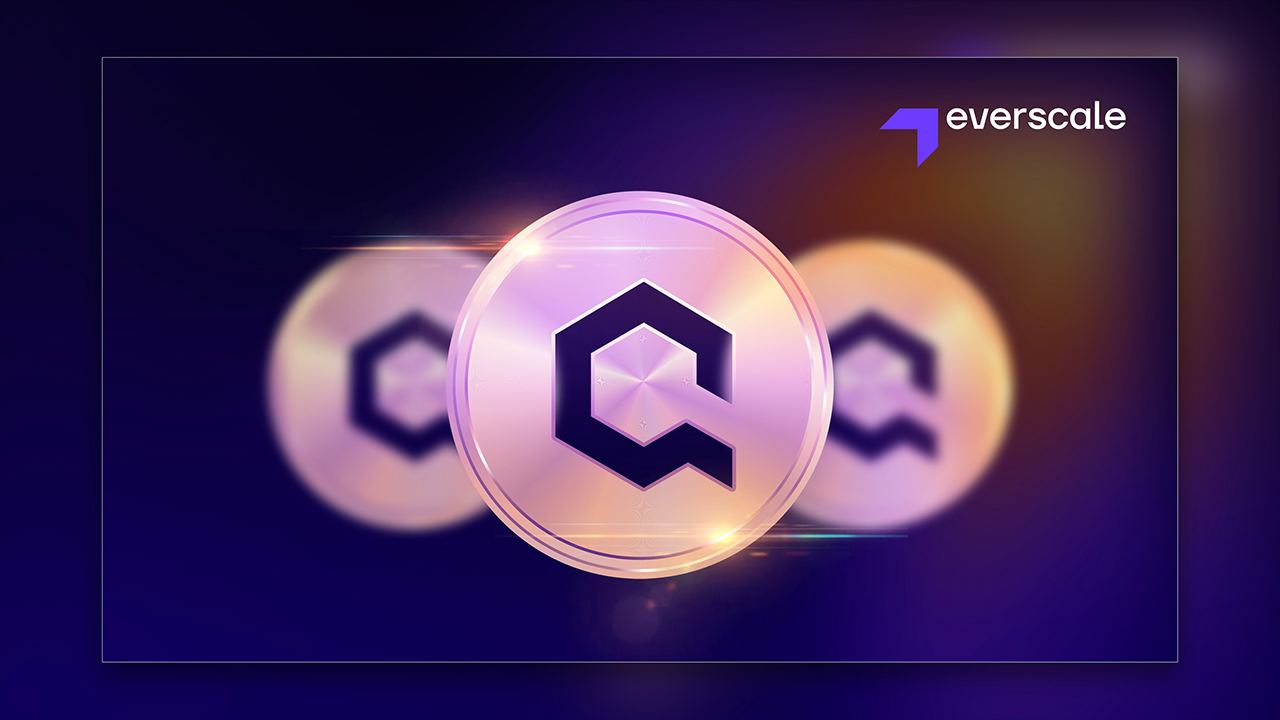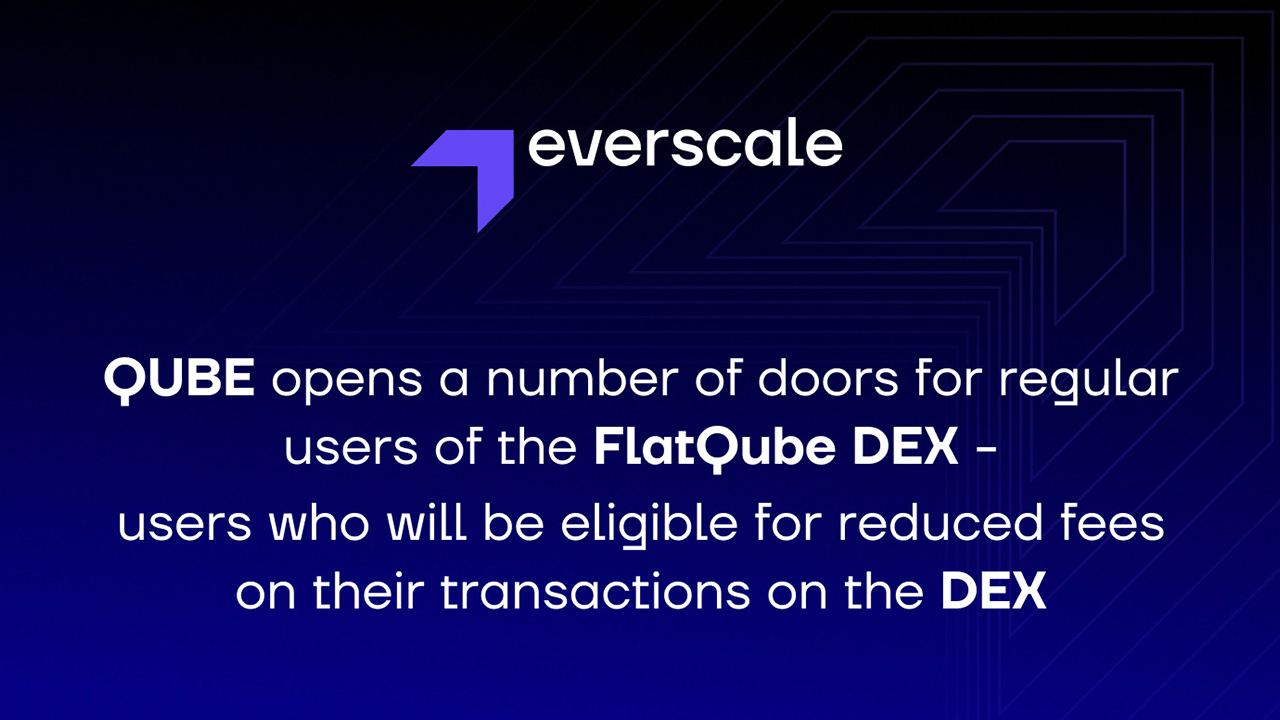
Sponsored
In the six-months that have passed, Everscale has undergone a massive transformation. Although originally known as FreeTON, this network has been able to improve its technical capabilities and create a solid ecosystem of DeFi platforms. The scale of these changes led the coчафmmunity to call for a rebranding to reflect how the project has come into its own as a mainstay of the DeFi industry, distinct from its origin as a continuation of the no-longer active Telegram TON project.
It was mainly a rewrite of the programming language that resulted in the switch to C++ from Rust. The changes have made the network’s scaling capabilities virtually limitless and have improved its already top-of-the-line speed.
After the network’s changes and subsequent rebranding was completed, other platforms built around it and helping to make DeFi one of the most opportunities-rich economic regions in the world have also followed their lead and upgraded themselves.
Decentralization is the dream
One of the key architects in the network’s evolution has been the Broxus development team, which has been responsible for the creation and deployment of a majority of the ecosystem’s offerings. Chief among the Broxus team’s achievements are the network’s cross-chain Octus Bridge platform, its native EVER Wallet and the FlatQube DEX.
The goal all along, for both Broxus and the Everscale network as a whole, was to deliver on the network’s promise of being a foundation upon which a new and improved version of finance could be built. The key to that vision is decentralization, and harnessing the network’s technical capabilities to provide users with a recalibrated economic system in which all participants start out on equal footing.
Everscale has made significant progress towards achieving these goals through the changes it’s undergone. The recently rebranding Octus Bridge has activated its DAO protocol, bringing users into the platform’s governance mechanism and providing them with a voice and the means to mold the Bridge into the tool that they want it to be.
The dawning of QUBE
Now, the decentralization of the network’s FlatQube DEX is set to take center stage. This past Friday, it was announced that FlatQube would be launching its own QUBE utility token with the aim of ushering in the DAO stage of the DEX’s evolution.

The QUBE token will make it possible for users to both vote on and submit governance proposals to change the DEX’s operations and functionality. QUBE is also positioned to be a way for users of the DEX to pay fees and a vehicle for farming and additional staking. QUBE opens a number of doors for regular users of the FlatQube DEX – users who will be eligible for reduced fees on their transactions on the DEX.
QUBE was launched via the network’s Everstart launchpadThis was first made available to the Korean Everscale community, then it opened up to all. The token launch is being conducted in accordance with a formula similar to that used by Binance’s token launching platform.
The QUBE Launch Process
Everstart Launch Site users who wish to obtain QUBE tokens may make a deposit. Divide the sum of all user deposits by the total tokens released through the launch. This will give you the individual amount.
Launch is subject to a hard and soft cap. The soft limit for deposits must be reached or the launch will be deemed unsuccessful. All funds that were deposited by users would be returned. Users who exceed the hard cap will be given a percentage of the QUBE tokens. They also get a refund for any funds they have deposited beyond the limit.
The soft and hard caps were exceeded at pixel time. Participants will be refunded in part and their share of the newly released QUBE tokens will also be refunded. However, Although the token launch remains ongoing, people are still able to participate in it. Participants can still participate in the token launch as long as they are available. All shares will be counted once the time period has ended.
Participating in the QUBE token launch process will allow users to get their tokens through a vesting release method. The vesting will make a percentage of a user’s share of QUBE tokens available on a specific date each month. The tokens will be sent to the user’s account on the launchpad where they will be able to withdraw them and then use them however they see fit. The protocol works in the same way as the FlatQube DEX vesting mechanism. This protocol is used for market surplus management and to lower asset price pressure.
DeFi is practical and useful
QUBE is a landmark for both the FlatQube DEX as well as the whole Everscale network. In an interview last month, Broxus Founder Sergey Shashev opened up on the importance of decentralization today, saying: “The world has changed. This has seen a significant increase in the role of blockchain and crypto. Regular people do not trust financial institutions. Financial institutions don’t even trust one another anymore. Although silencing finance via centralized institutions was needed in the past, it did not work and is now causing inequality. The need for decentralization in this sphere has never been more acute.”
Everscale’s changes have been a response to this need. DeFi was not going to happen overnight, even though it is what has been imagined. It’s a long process, and can only be achieved through testing and growth. We are now seeing the results of this labor more than ever. Everscale’s economy pushes forward to offer users more control and seats, so the picture of DeFi is becoming more clear.
This post is sponsored. Find out how you can reach our audience. Read disclaimer below.
Images CreditsShutterstock. Pixabay. Wiki Commons
DisclaimerThis information is provided for educational purposes only. This article is not intended to be a solicitation or offer to sell or buy any product, service, or company. Bitcoin.com doesn’t offer investment, tax or legal advice. This article does not contain any information, products, or advice that can be used to cause or alleged result in any kind of damage.